DR Congo: 5 questions to understand 'Africa's World War'
October 21, 2015
A DR Congo soldier stands at an army barrack in the
town of Bria in the Central African Republic
1. Where is Congo?
Congo, which is one-fourth the size of the United States, shares borders with Rwanda, Burundi, Central African Republic, the Republic of the Congo (Brazzaville), South Sudan, Tanzania, Uganda and Zambia.
Its border with Rwanda is one of the most volatile and deadly in the world.
2. Why is the conflict in DR Congo nicknamed 'Africa's World War'?
With up to six million dead and over two million displaced between 1998 and 2003, DR Congo was home to the deadliest conflict since World War II. At the height of the conflict, nine countries were fighting each other on Congolese soil. Millions more have been driven to the brink by starvation in the country that is the size of Western Europe.
The victims died either as a direct result of fighting or due to malnutrition and disease. Additionally several million women and girls have been subjected to rape, which is used as a weapon of war. A 2011 study showed there are "1, 150 women raped every day, 48 women raped every hour, and four women raped every five minutes" in the DR Congo.
3. What started the war?
Mobutu Sésé Seko was president of the DR Congo, which was also known as Zaire for much of his reign from 1965 to 1997. Mobutu renamed the country Zaire in 1971 as part of his programme of "authenticité" to erase the last vestiges of colonialism.
While Mobutu, a dictator, was courted by the West for decades due to his staunch anti-communist stance, the seeds of DR Congo's undoing lay in the 1994 assassination of Rwanda's Hutu president, Juvenal Habyarimana.
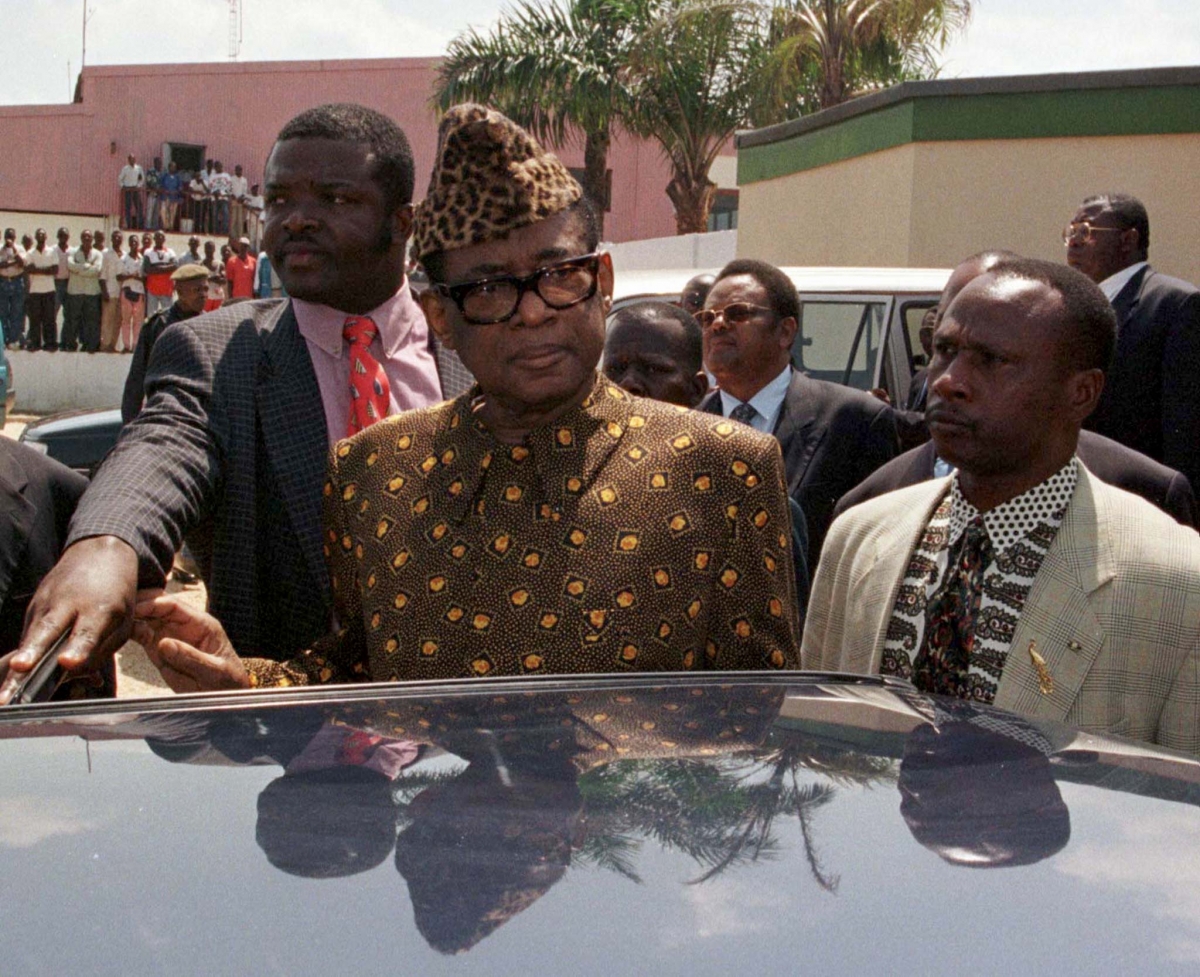
talks with rebel leader Laurent Kabila
A Tutsi rebel group, the Rwandan Patriotic Front (RPF), which was led by current president Paul Kagame, managed to drive the Hutu regime away but more than a million Hutu refugees fled into Zaire, as they feared revenge for the genocide.
As Rwanda welcomed a new Tutsi-led government, the presence of the Hutu Interahamwe and Mobutu's support for his Hutu allies in Zaire precipitated the disaster that was to come.
The United Nations (UN) also played a large role in the conflict, as its UN High Commissioner for Refugees (UNHCR) empowered the Hutu extremists as leaders of the refugee camps and gave them control of food distribution.
As a result, military men in control remained well-fed and transformed the camps into armed bases from which they continued the fight against the Tutsi government. Interahamwes slipped into Rwanda and massacred civilians.
In 1996, Rwanda put an end to the camps, fearing another genocide, and decided to invade Zaire. Many Hutus who remained in Zaire were massacred.
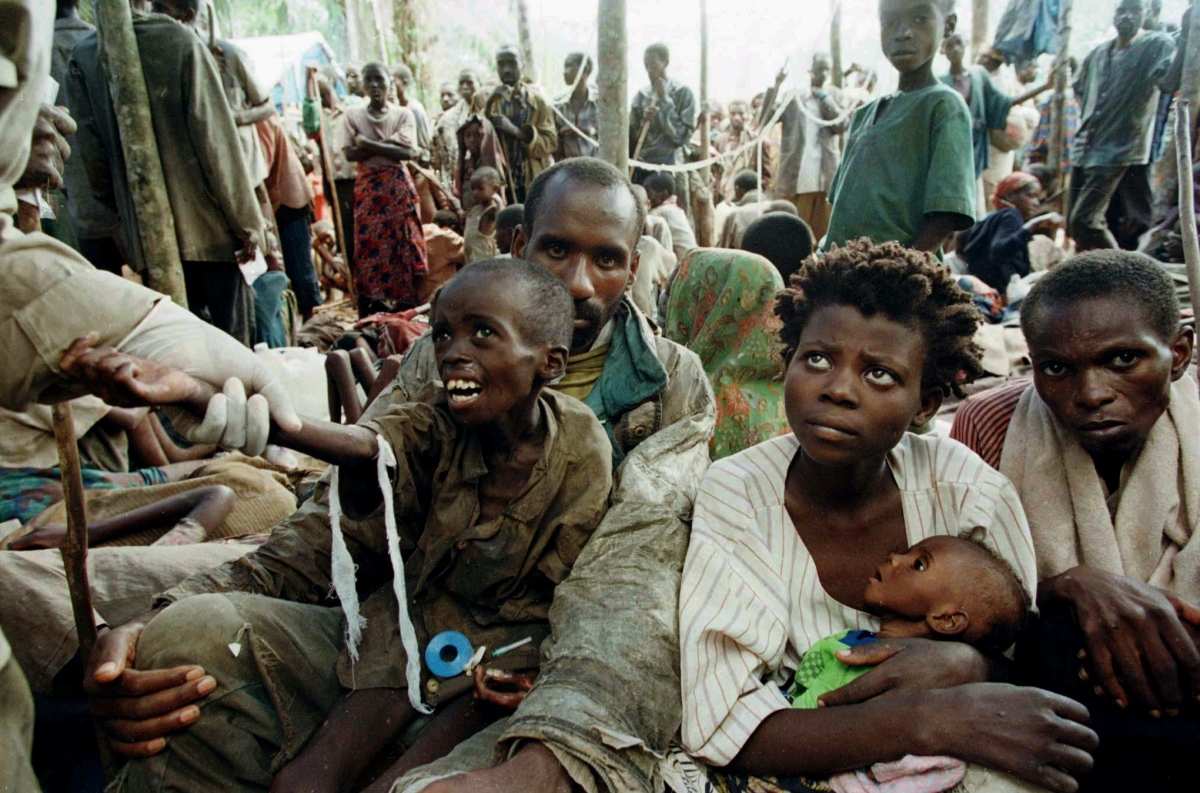
wound cries as he is treated in Biaro refugee camp
In 1998, Kabila and Kagame, who was then vice-president, fell out and Rwanda invaded DR Congo, again. Kabila recruited some of the former Rwandan Hutu forces, which angered Kagame and prompted the war. Angola and Zimbabwe teamed up with DR Congo, while Uganda and Burundi lined up alongside Rwanda.
4. Are Congolese still fighting?
A fragile peace deal in 2002 initiated the withdrawal of foreign armies from DR Congo, but local rebel groups tied to the Rwandan government continued to control much of the east of the country.
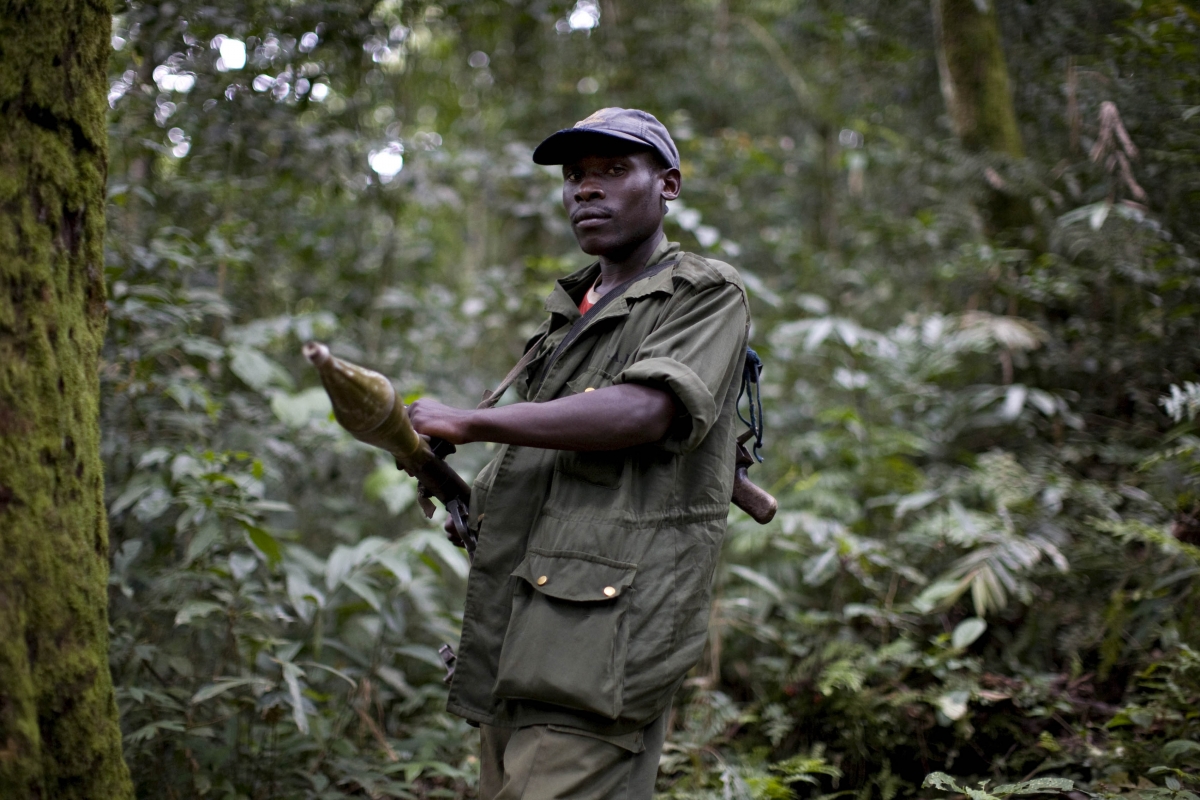
lookout in the bush of eastern Congo in 2009
Under Kabila, the FDLR were used as a proxy force against the foreign armies, such as the Rwandan Patriotic Army and Rally for Congolese Democracy, backed by Rwanda.
In 2002, FDLR units moved into North and South Kivu, border regions with Rwanda that are still volatile today, where residents live in fear of death, rape or displacement. Its members are mainly former soldiers of the National Congress for the Defence of the People.
In March 2005, the FDLR announced that they were abandoning their armed struggle and returning to Rwanda as a political party. The same year, United Nations Security Council ordered the FDLR to disarm and leave the DR Congo. By 2007, however, the FDLR was still fighting against the Congolese army.
In 2008, both the DR Congo and Rwanda decided to disband the FDLR and the Rwandans entered Congo to round up FDLR fighters.
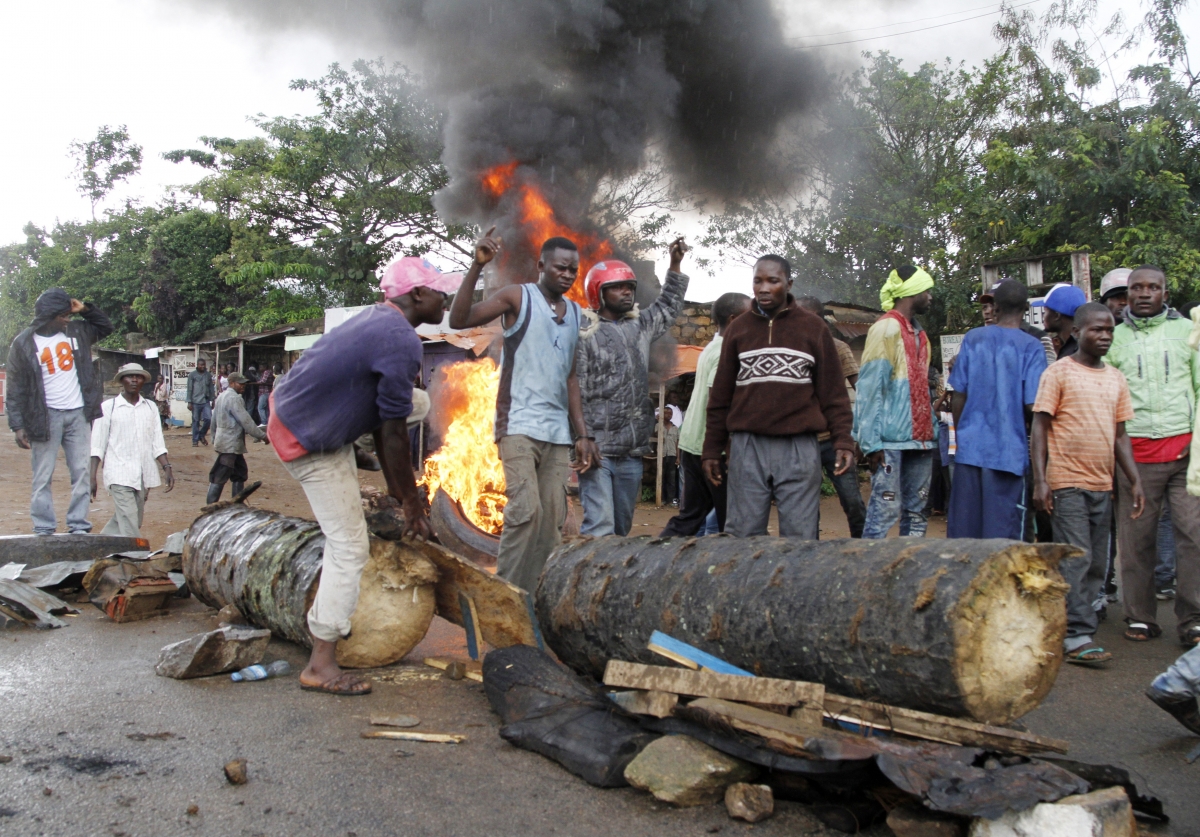
locals in October 2014 in North Kivu province
In early 2013 the UN secured a regional agreement to end the M23 rebellion in eastern areas, and the group's alleged founder Bosco Ntaganda surrendered to the International Criminal Court to face war-crimes charges.
The UN accused Rwanda and Uganda, which border DR Congo to the west, of having supported the M23 rebels, but Kigali and Kampala have both denied the claims.
Human rights groups also claimed M23 fighters have been responsible for widespread war crimes, including summary executions, rapes and the forced recruitment of children.
5. Is the conflict mainly political?
No. It also has an economic side, as DR Congo is potentially one of the richest countries on earth with an estimated $24 trillion (£15.5tn, €21.1tn) of untapped mineral resources.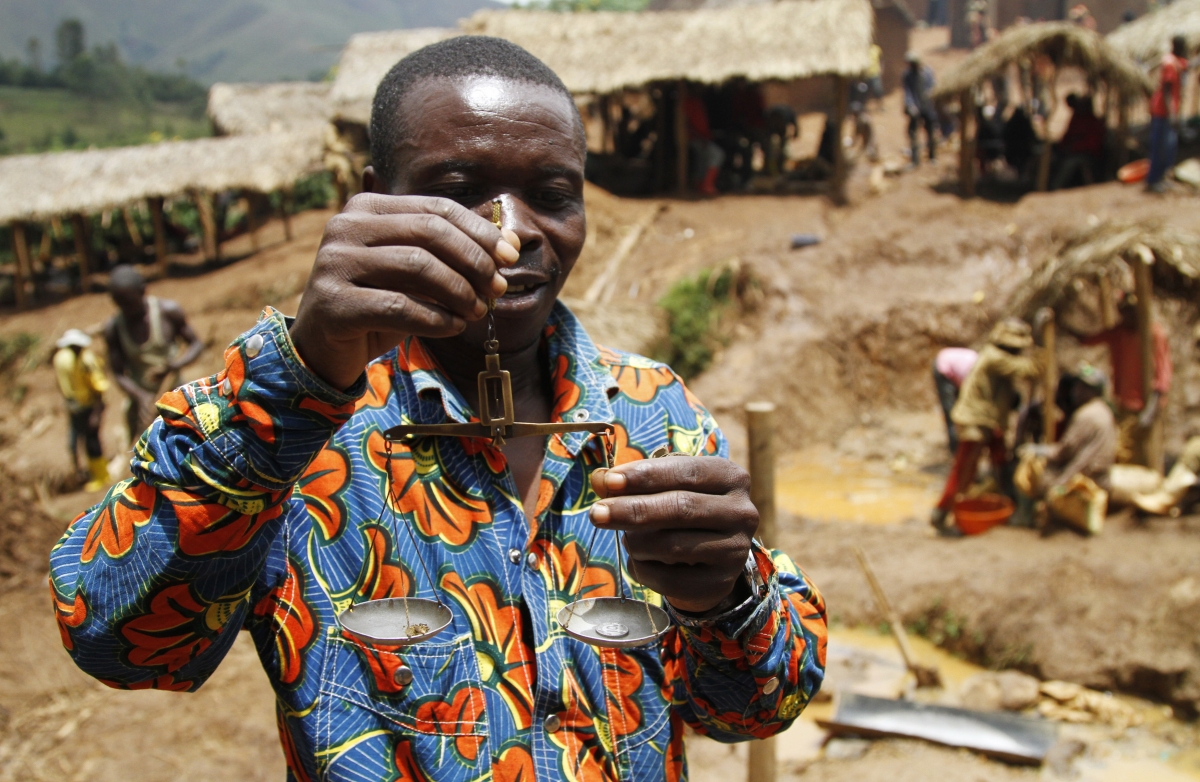
Walungu territory of South-Kivu province near Bukavu
The country said it aims to double tax revenues from minerals but investors warned that an overhaul of the mining code could remove incentives to invest there.
Many neighbouring countries, such as Rwanda, have been accused of profiting from the anarchy to plunder natural resources.
Despite its resources, DR Congo is also the world's third poorest country per capita ($700, £452, €615), just above the Central African Republic and Somalia.
By Elsa Buchanan , Romil Patel
IBTimes Co


No comments:
Post a Comment